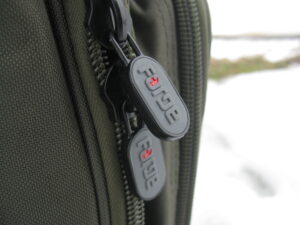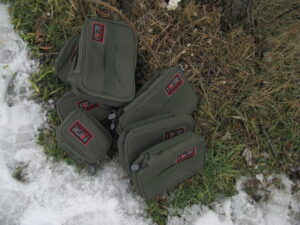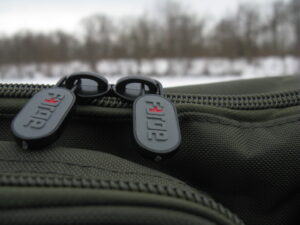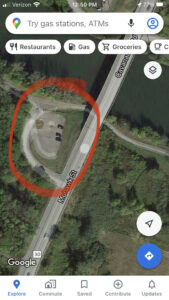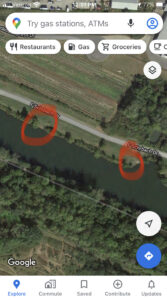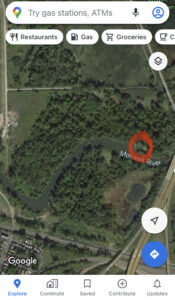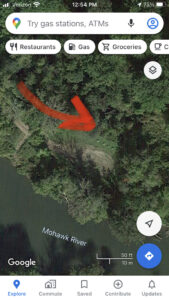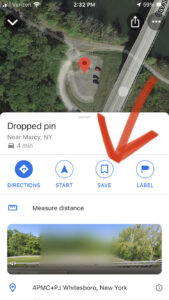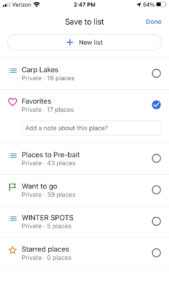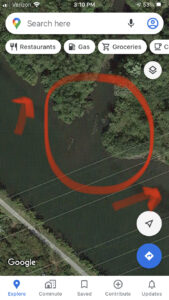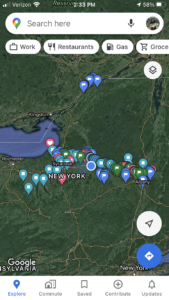The St. Lawrence Carp Marathon: On Monday July 19th 2021 some of the most highly skilled anglers from all over the country gathered in Waddington, NY to draw pegs for what would be the longest and one of most challenging carp fishing tournaments ever held on the mighty St. Lawrence River.
The first annual St. Lawrence Carp Marathon ran for 6 days starting on Monday at 8am and ending Saturday at 6pm. For many of the teams this was their first time fishing the St. Lawrence, but even the most seasoned local anglers had no idea just how much they’d be tested in the days ahead.
The St. Lawrence Carp Marathon: History
Before I get into that story, here’s a little background on how this tournament came to be. The first annual St. Lawrence Carp Marathon was organized by Ogdensburg local Colin Peters. Making the move from England to New York well over a decade ago, it wasn’t long before Colin fell in love with the St. Lawrence and eventually settled in Ogdensburg, NY where he’s been living ever since. After competing in a number of tournaments over the years including The Wild Carp Classic and The Ed French Open on the Seneca River, the CT Open on the Connecticut River, and of course, The Seaway Sixpack on the St. Lawrence, Colin had plenty of opportunity to learn the ins and outs of tournament fishing for carp. Then the year 2020 happened…with Covid restrictions putting a dampener on just about every aspect of our lives, the annual carp fishing tournaments were just another casualty of those unfortunate times. The WCC and Ed French were both canceled. Leaving anglers from all over the country with a void to fill, but all hope was not lost.
The Seaway Sixpack on the St. Lawrence, normally held in the fall, would be held in July. Thanks to the collaborative efforts of Bob Giordano and his fellow local anglers they were able to get the tournament approved by the local board and department of health. As long as they agreed to follow guidelines such as wearing masks in groups and using hand sanitizer when needed. The Sixpack was a big success. A lot of fish were caught and many of the teams put their 6 qualifying fish on the board, and they did it while following the necessary guidelines. All teams were challenged a fair amount by the elements especially. They were faced with temperatures exceeding 100 degrees most days, and heavy rain about halfway through the event. This was only a preview of what they’d go through a year later.
Later that year, with the Ed French being canceled, Colin decided to take things into his own hands and organize a new tournament dubbed “The St. Lawrence Invitational Showdown”. Just like with Bob’s tournament, Colin worked together with other local anglers and managed to get the event approved and organized within a few short months. The Showdown was another great success and allowed those who would normally compete in the Ed French to compete in a whole new tournament on the most incredible river in the northeast. The St. Lawrence Invitational Showdown would be held again the following spring, immediately following the WCC in Baldwinsville, which was given the green light to proceed after Covid restrictions were no longer as strict.
After the success of The Showdown, Colin had an idea for another tournament. One that would be completely different from those held in the past. A tournament that would prove to be the ultimate test of not only skill, but physical and mental stamina.
Thus, “The St. Lawrence Carp Marathon” was born. This was a 6-day “Big 10” event, meaning anglers needed the largest combined weight of their ten biggest fish to win, with 20lbs being the minimum weight for a fish to qualify. Anglers came from all over the country to compete. From Texas, Oklahoma, Virginia, Pennsylvania, Illinois, and nearly half the teams competing were from North or South Carolina.
Many of the teams were new to the St. Lawrence, and were blown away by the rivers massiveness and beauty. They arrived at their pegs Monday morning fully loaded and ready to take on this immense challenge. Day one was quiet. Some teams started catching fish right out of the gate, while others took time to evaluate their swim and formulate a plan. The 20lb minimum weight turned out to be a challenge in itself with a high number of fish in the 16lb-19lb range being caught throughout the week. Overall, the first day wasn’t much different than any other day on the river.
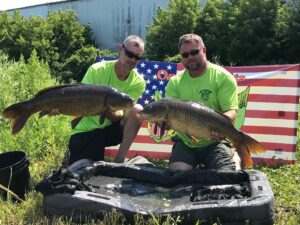
On day two, anglers woke up to an incredible sunrise that led to a clear sunny morning but a thunderstorm was predicted to hit in the late afternoon or early evening. I use the term “thunderstorm” lightly.
A lot of teams were catching fish somewhat consistently throughout the first half of the day, with a handful of qualifying fish hitting the board before noon. Every peg came with its own set of challenges. Whether it be thick weeds, snags, zebra muscles, boaters, wildlife, or all of the above, there wasn’t a single team that didn’t have to work around some type of obstacle in order to put fish on the mat.
As the hours passed dark clouds filled the sky and the wind began to pick up. One team received a call from a friend up river with a stark and straightforward warning..”get ready.”
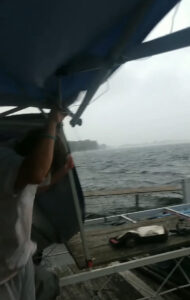
Within minutes anglers were slammed with heavy rain and extreme wind. Pods were blown over, rods were broken, shelters were collapsed, and a number of canvas canopies were destroyed. One team reported that their canopy was blow 30 feet into the air and 40 yards into the woods, taking everything nearby with it.
The storm was gone as fast as it arrived, leaving behind an apocalyptic scene at most of the pegs. Nevertheless, teams still caught a handful of fish in the middle of the storm and the weigh marshals were getting calls immediately after it cleared up. Anglers were now faced with having to salvage what was left and to rebuild their pegs. The tournament had only just begun, and despite the sudden devastation, teams picked themselves up, hung their clothes out to dry, and persisted onwards.
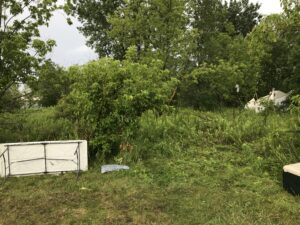
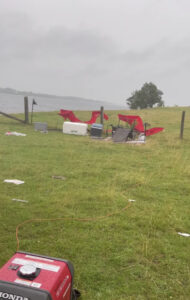
Later in the week anglers were beginning to show signs of exhaustion, evidence of just how taxing this tournament would prove to be. Most teams were putting in long hours and finding little time to get any rest. Anglers were persistently baiting their swims, checking their rigs, and constantly adapting to their environment and the carps feeding habits. By Thursday there was a handful of teams with their 10 qualifying fish on the board, and many weren’t far behind. For the teams with little to no fish on the board the feeling of hopelessness started to set in.
Many found it difficult to stay positive, and one team even decided they’d had enough and went home by that afternoon. But even for the teams with little chance of getting their 10, there was still a considerable amount of money on the table for Biggest Fish. With only two days left anglers put the pedal to the floor, and the race to the finish began.
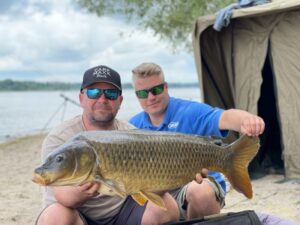
Friday was very slow. It was another hot summer day, but with no wind. The lack of wind seemed to shut the fish down for a while and the only thing teams could do is wait until dusk with hopes that the fish would tilt their heads down and start to feed again. Some caught fish that night, some didn’t. Some alarms went screaming at 3am, and some were silent. Saturday was another slow day with a handful of fish hitting the board in the morning, and some stragglers throughout the day.
The St. Lawrence Carp Marathon: The race to the finish was extremely close with some teams mere ounces away from surpassing another. The teams in first and second place were neck and neck right up until the end. When the tournament came to a close that night and anglers gathered for the award ceremony it was evident that most of them were more than ready to go home and get some sleep. After the prizes were awarded to the winning teams they mingled with each other and slowly started to disperse from the pavilion where the ceremony was held, with no shortage of memories to bring home and tell their friends and family. In a recent Facebook post by Colin he reflected on the tournament and asked himself “will their be another Marathon?” he followed up by saying “let me have some rest and think about it.”
A day later he posted provisional dates for the 2nd annual The St. Lawrence Carp Marathon.
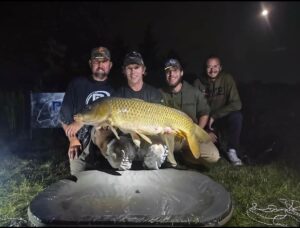
On a personal note, I started working these tournaments as a weigh marshal last summer with The Seaway Sixpack being my first, and The Marathon being my fourth. I’ve made some incredible memories and even more incredible friends along the way. I’ve learned more from anglers in these tournaments than I could have ever learned on my own, but this tournament in particular was special. Not only did I make a lot of new friends, but I had the opportunity to get to know anglers from a different side of the carp fishing world and I learned that we have a lot more in common than originally perceived. We swapped stories and shared a lot of laughs, I got to try Cheerwine for the first time, and I received countless offers to come fish down in the Carolinas. The friendships that were kindled as a result of this event far outweigh any monetary payment for my time spent on the river, and I am forever grateful for that.
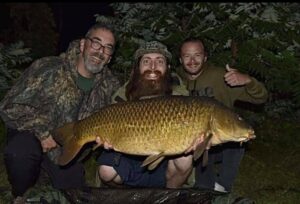
A big shoutout to those that made this tournament happen. Colin and everyone that helped him plan it out, Jevonnah Foster and her team of marshals, and of course all of the anglers that travelled many miles to truly make this event what it was. This was a week I’ll never forget. Can’t wait to see everyone again next year!
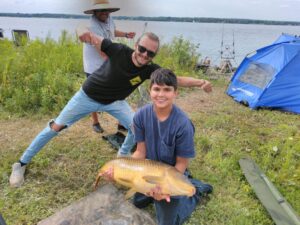
Keep scrolling to see more pictures from The St. Lawrence Carp Marathon!
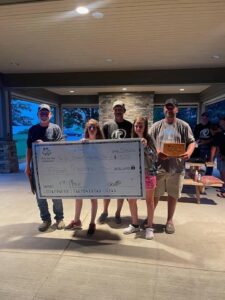
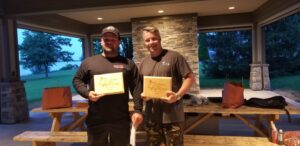
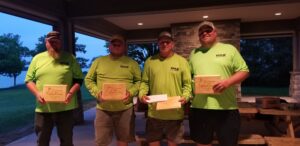

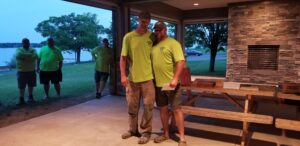
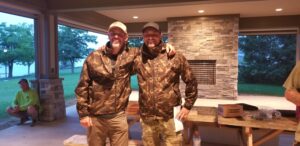

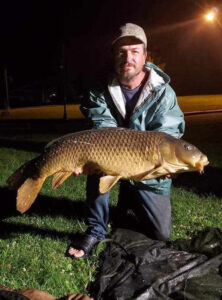
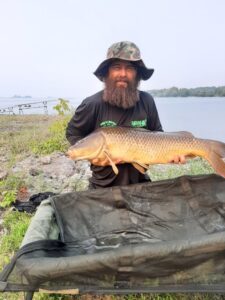
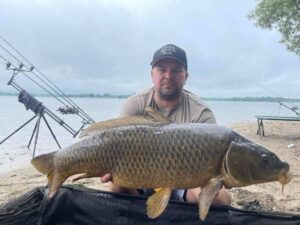
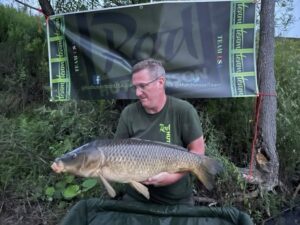
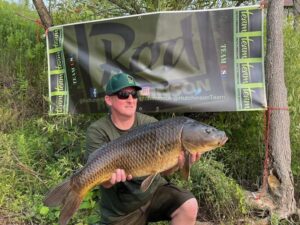
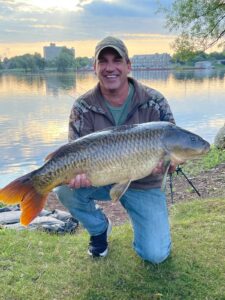
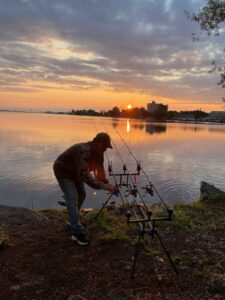
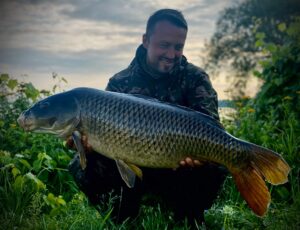
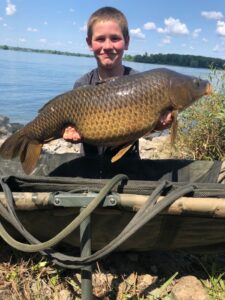
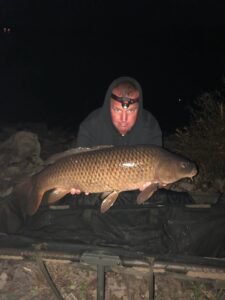
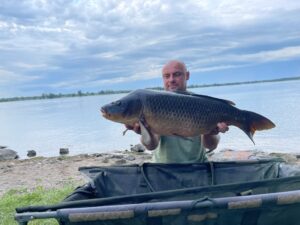
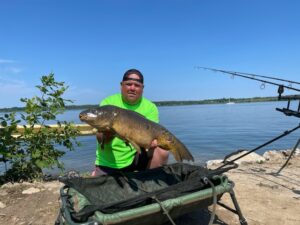
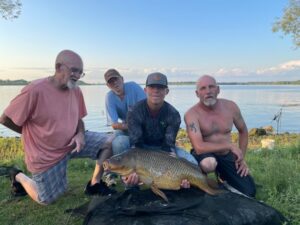
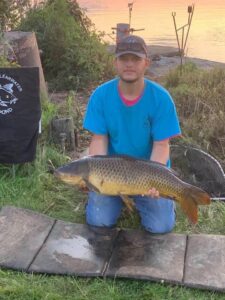
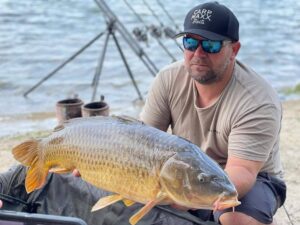
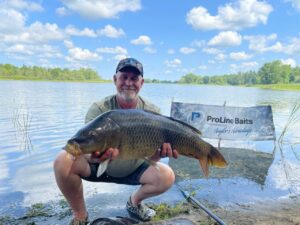
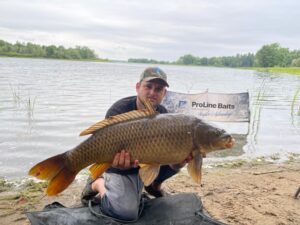
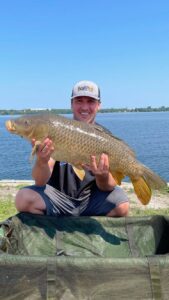
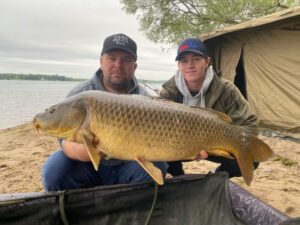
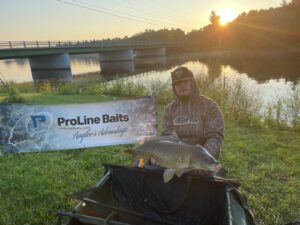

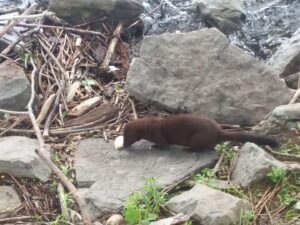
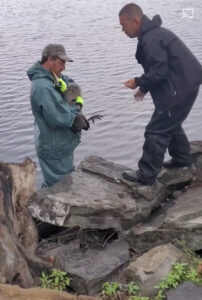
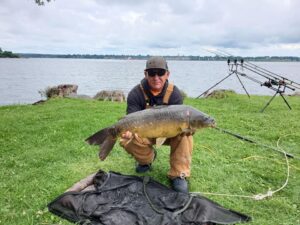
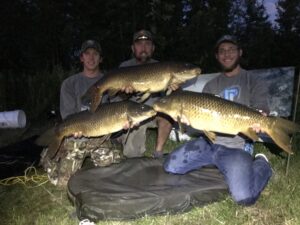
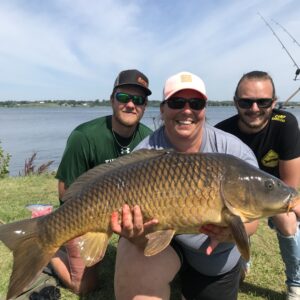
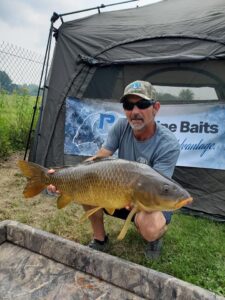
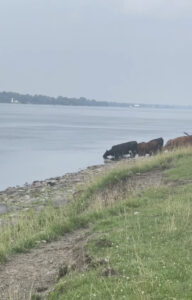
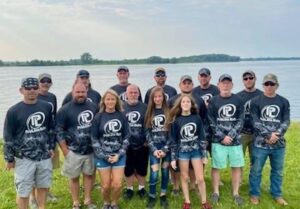
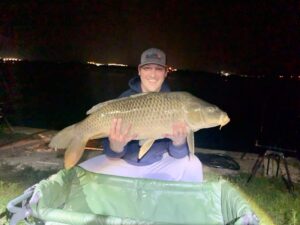
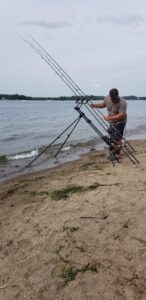
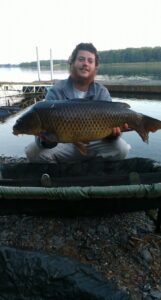
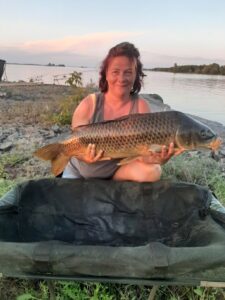
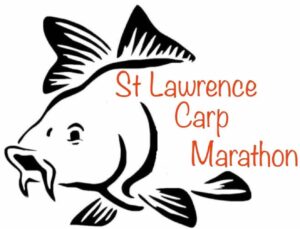

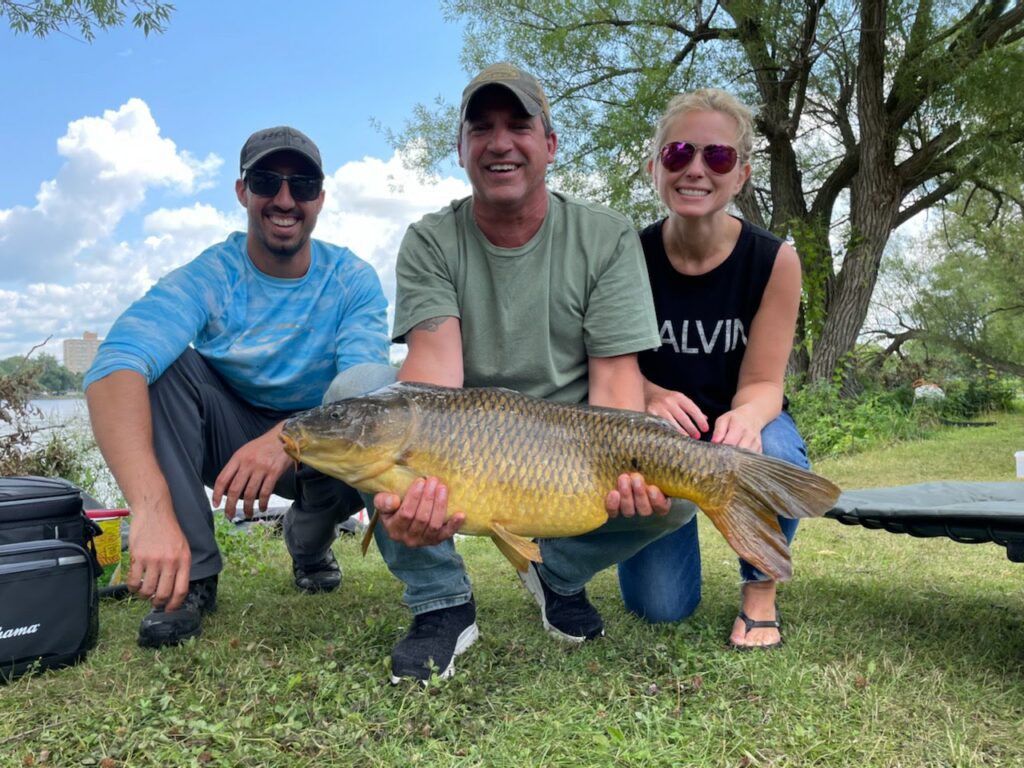
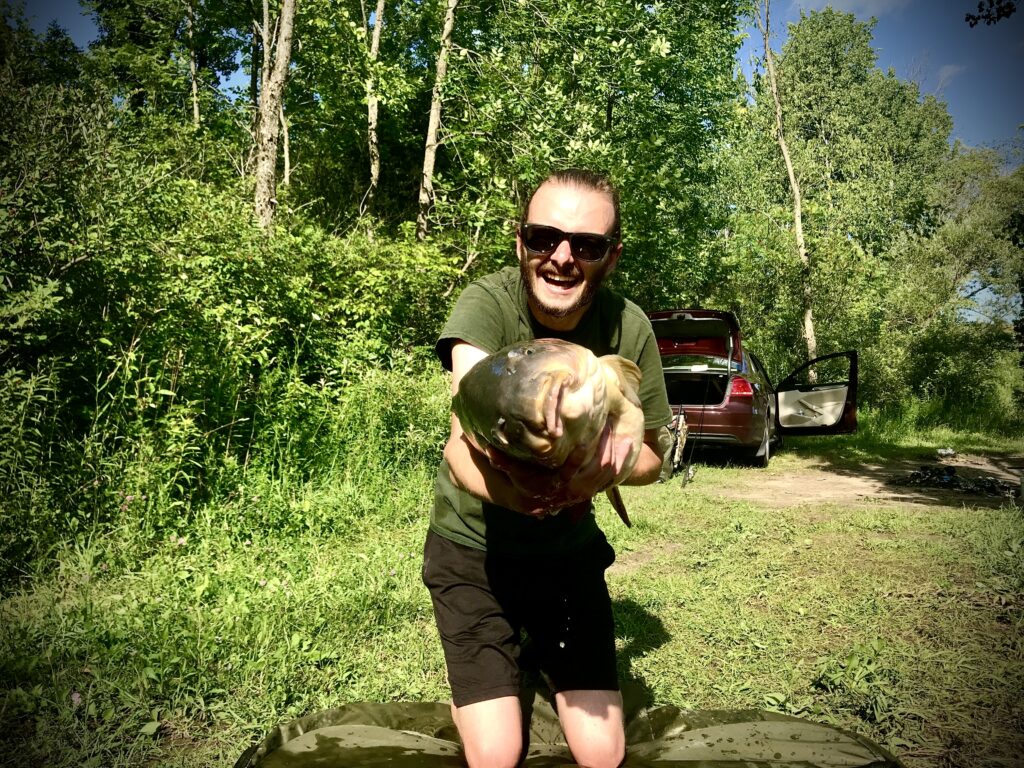
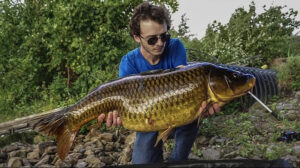
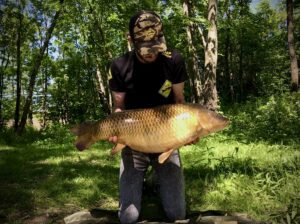
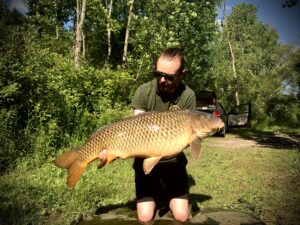
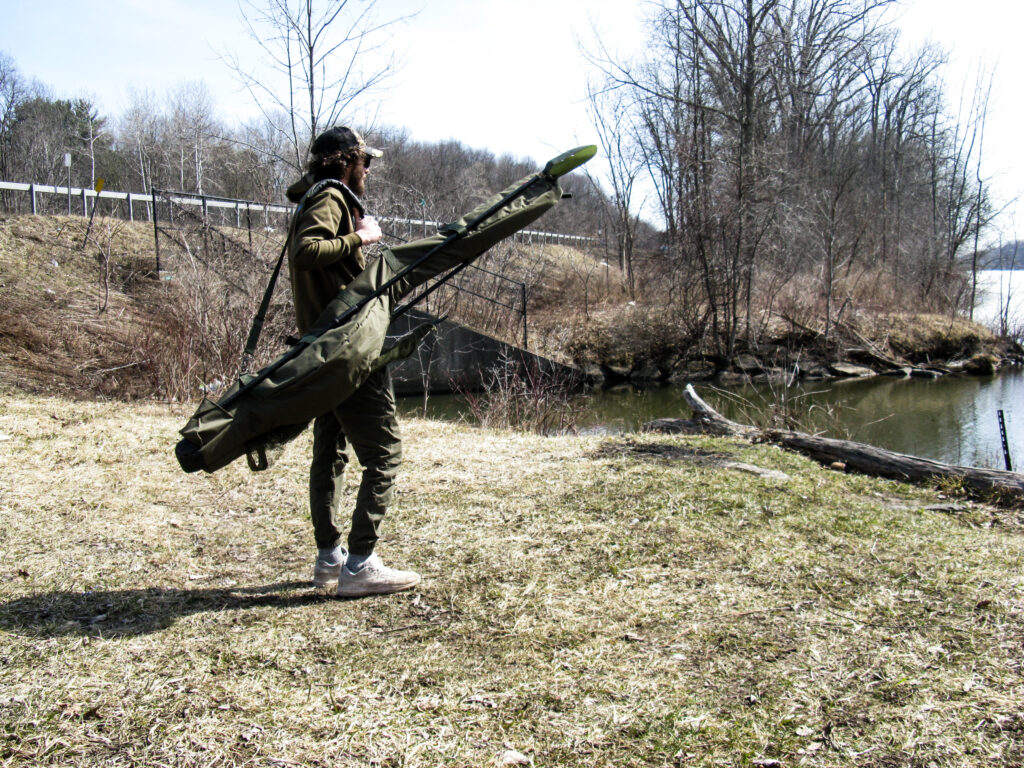
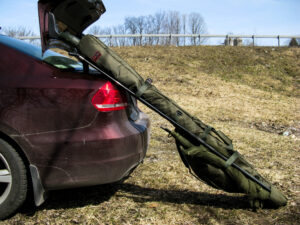
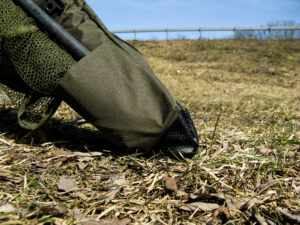
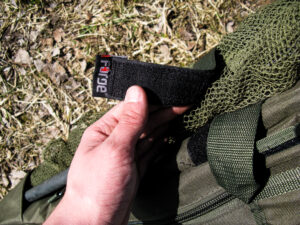
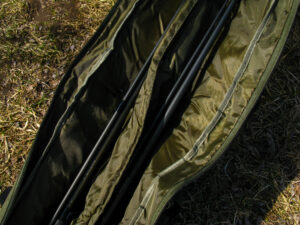
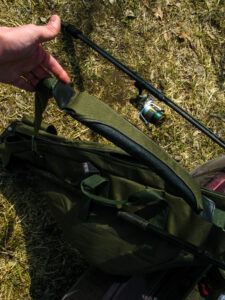
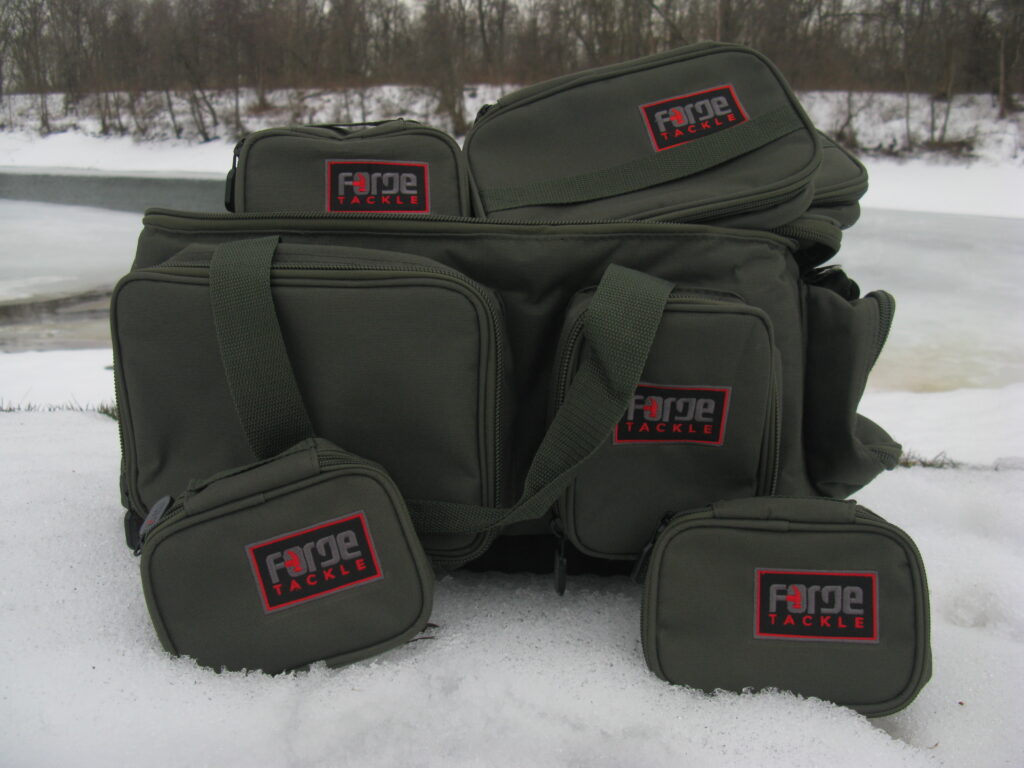
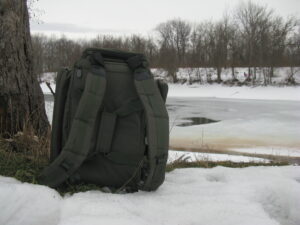
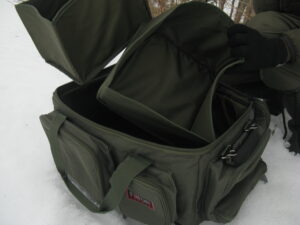
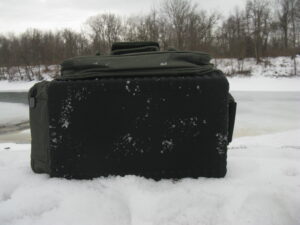
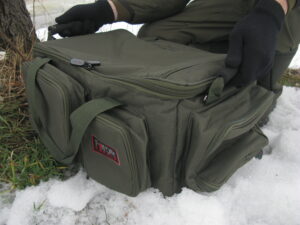
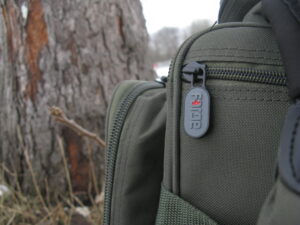 Forge Tackle Multi Ruckbag – Exceptional build quality.
Forge Tackle Multi Ruckbag – Exceptional build quality.